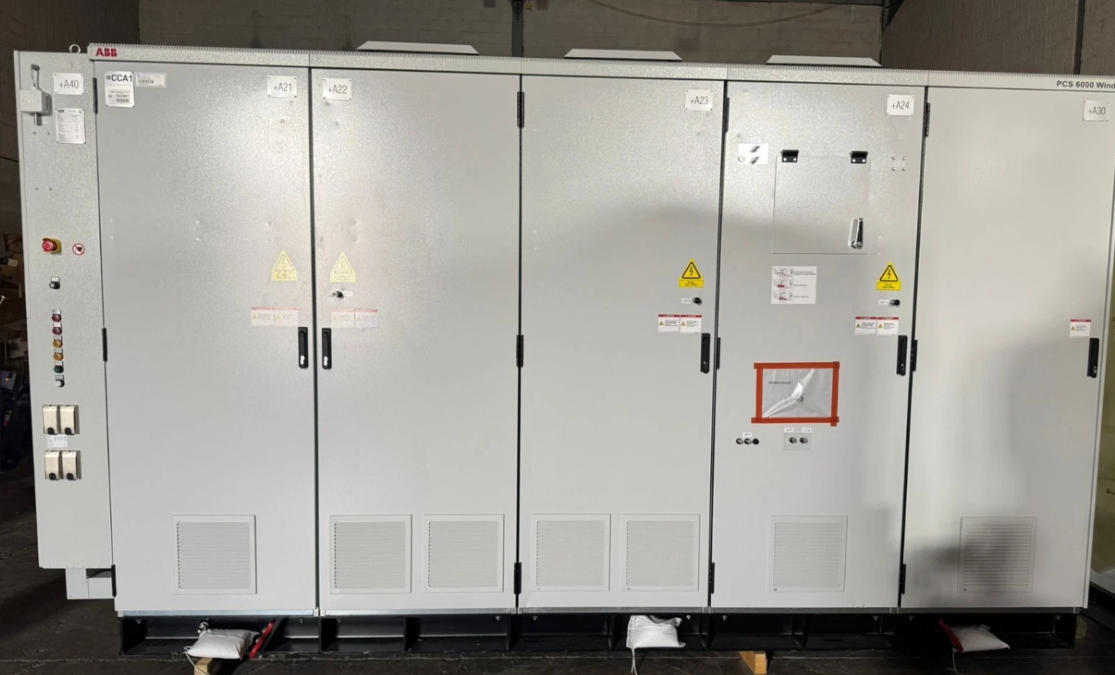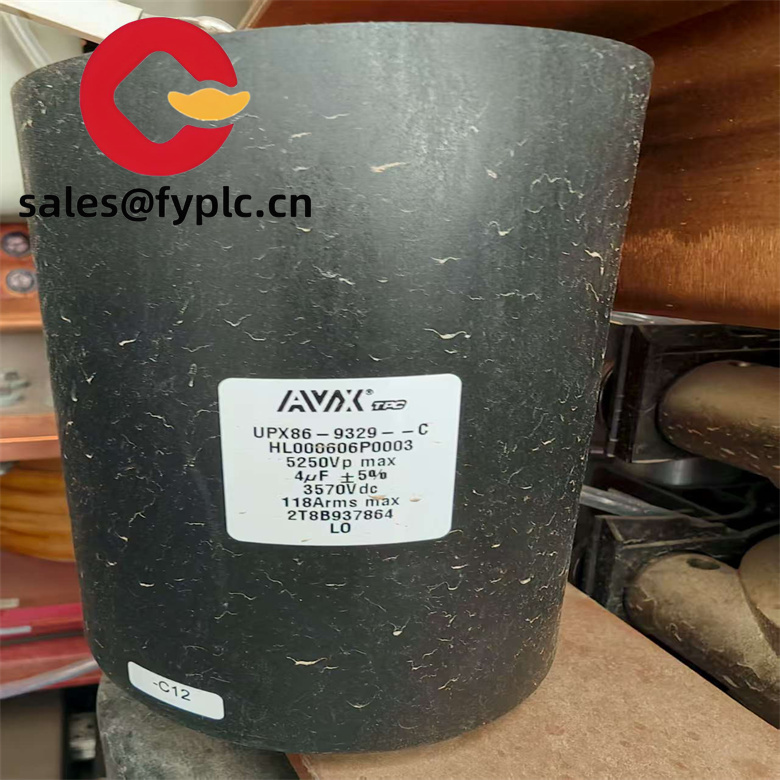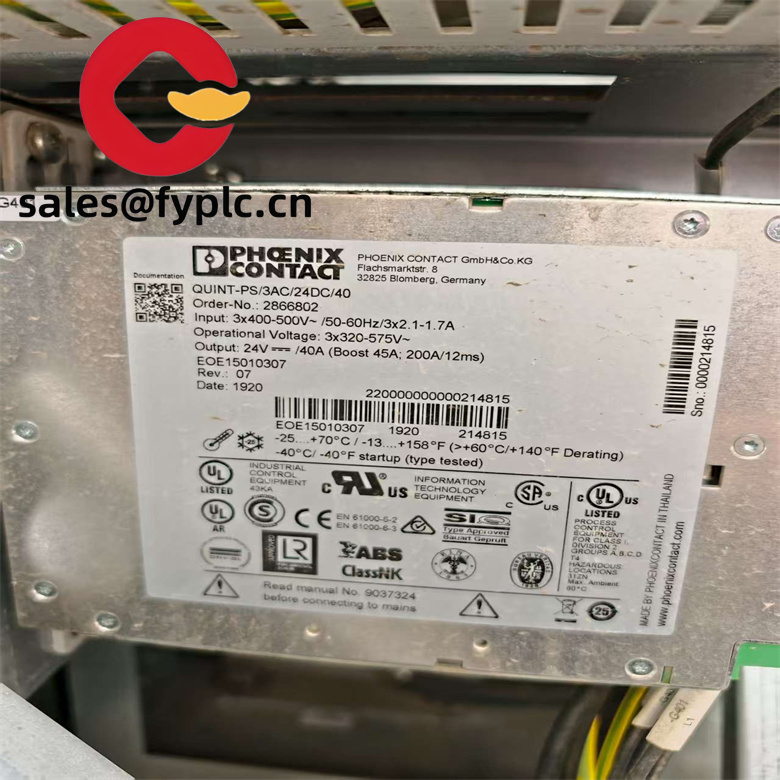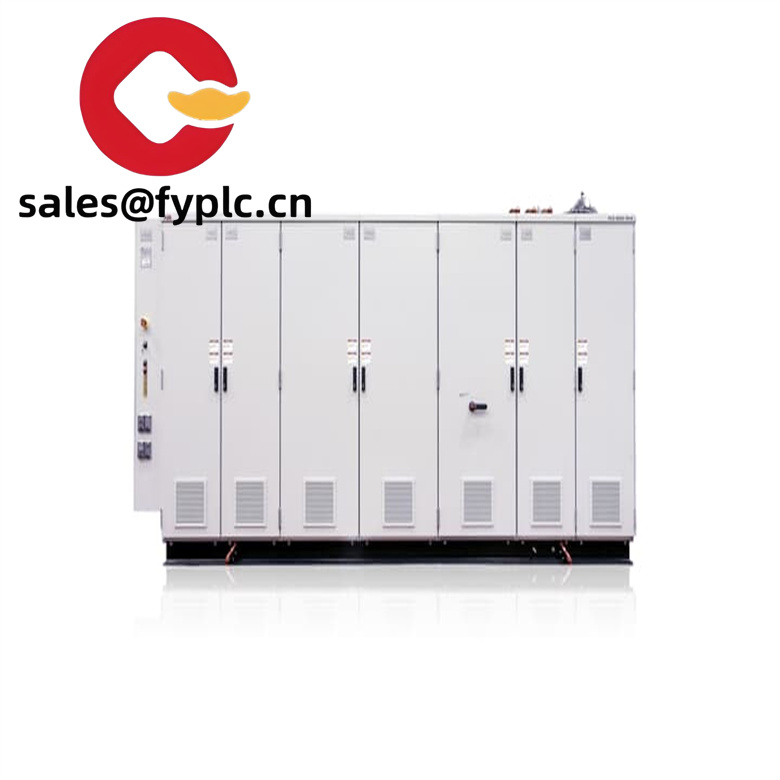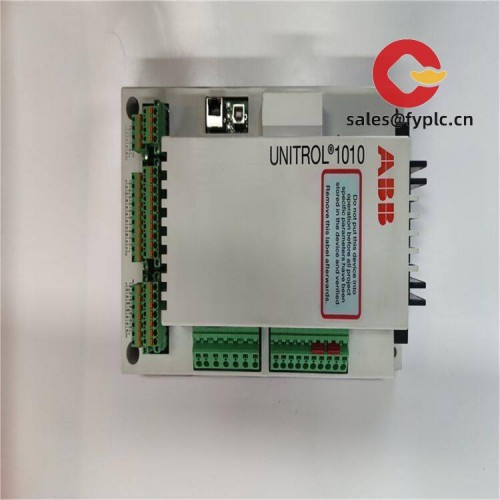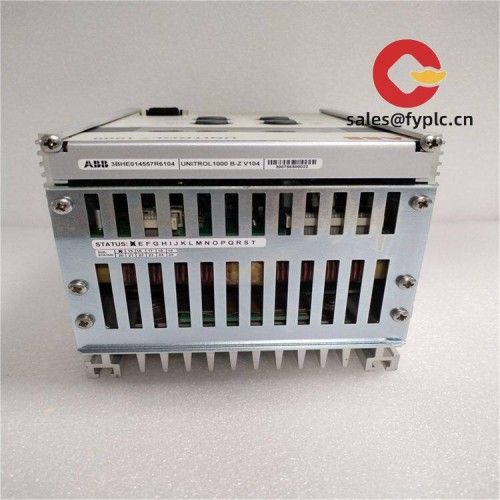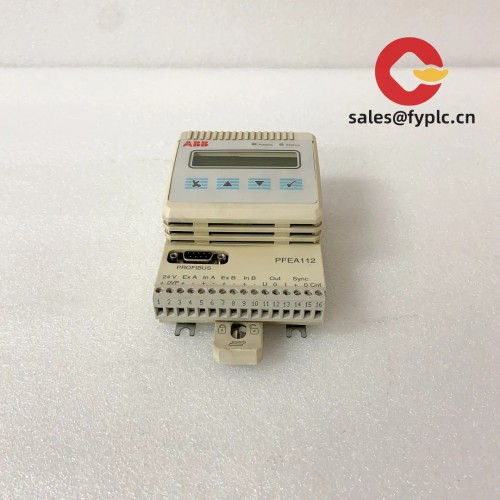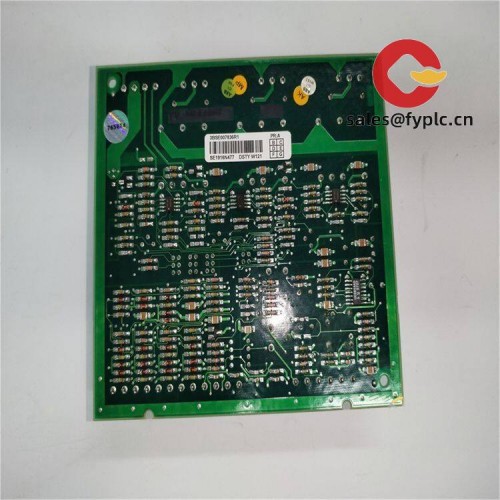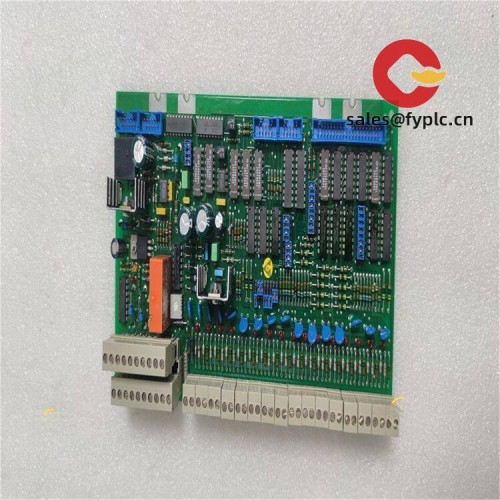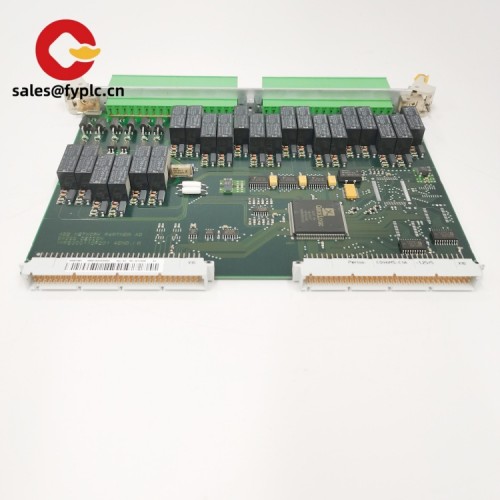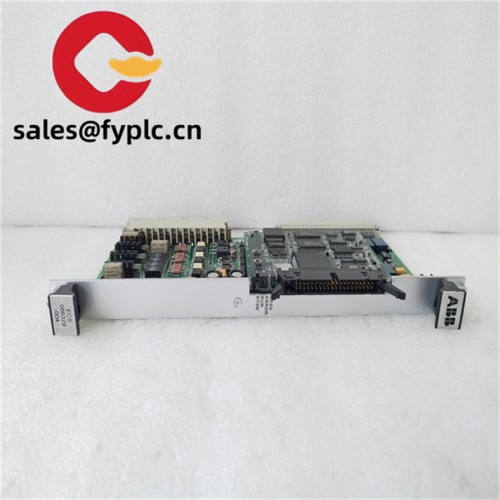PCS6000 Medium Voltage Power Conversion System Wind Turbine Converter
As part of ABB’s renowned power conversion portfolio, the ABB PCS6000 integrates advanced power electronics with robust mechanical design to thrive in the harsh conditions of wind energy installations. Its all-inclusive cabinet design houses the voltage limiting unit, precharging unit, and cooling system in a compact footprint, addressing the space constraints common in turbine nacelles and converter stations. Whether deployed in coastal offshore farms or inland wind parks, this converter plays a critical role in maximizing energy capture while ensuring grid stability and compliance with global renewable energy standards.
Technical Highlights Table
| Label | Specification |
| Model Number | PCS6000 |
| Brand | ABB |
| Type | Medium Voltage Full-Power Wind Turbine Converter |
| Power Range | Up to 15 MW |
| Nominal Voltage | 3.3 kV |
| Efficiency | Approximately 98% at rated point |
| Cooling System | Liquid cooling with closed-loop unit |
| Operating Temp | Industrial-grade (-25°C to +55°C typical for wind applications) |
| Communication Method | IEC 61850, Modbus (industry standard protocols) |
| Mounting | IP54 rated cabinet enclosure |
| Certifications | CGC, DNV-GL GL-IV-2:2012 |
| Grid Frequency | 50/60 Hz |
| Topology | 3-level, 4-quadrant, VS I-NPC |
| Overload Capability | 280% (for transient conditions) |
| Generator Compatibility | Permanent magnet and induction generators |
Functional Strengths & Design Advantages
The ABB PCS6000 incorporates a range of engineering innovations that set it apart in the renewable energy sector. Its fuseless design eliminates the need for replacement after faults, enabling immediate remote restart once issues are resolved and significantly reducing maintenance requirements. The compact 3-level IGCT topology minimizes system losses while handling moderate currents efficiently, even over long cable runs within the turbine structure.
Operators benefit from the ABB PCS6000’s versatile 4-quadrant operation, which allows wind turbines to run in motor mode for shop-floor heat-run tests and precise rotor positioning during blade installation. Advanced drive train damping technology decouples the generator from grid disturbances, preventing destructive peak torques that could damage mechanical components. The converter’s ability to manage overspeed conditions through field weakening mode ensures continued operation and maximum energy production even in extreme wind conditions.
Industrial Use Cases & Value Scenarios
The ABB PCS6000 excels in large-scale offshore wind farms where reliability and space efficiency are paramount. Its robust design withstands the corrosive marine environment while delivering consistent performance in variable wind conditions. In onshore applications, particularly in regions with weak grids, the converter’s dynamic reactive power control helps maintain stable voltage levels, reducing the need for load shedding during system disturbances.
Wind farm operators gain significant value from the ABB PCS6000’s maximum power point tracking capabilities, which ensure turbines operate at peak efficiency across varying wind speeds. The converter’s grid fault ride-through functionality keeps turbines online during disturbances, complying with strict grid codes worldwide while minimizing energy loss during transient events. Beyond wind energy, specialized STATCOM variants of the PCS6000 series provide critical voltage support for industrial applications like oil pipeline pumping stations, demonstrating the platform’s versatility across power infrastructure.
Compatible and Related Models
- ACS6000– Medium voltage drive sharing core power technology with the ABB PCS6000 for industrial applications.
- PVS800– ABB’s solar inverter solution, creating a comprehensive renewable energy conversion portfolio.
- PCS100– Compact power converter designed for smaller renewable energy installations and distributed generation.
- AC 800 PEC– Advanced controller specifically optimized for use with ABB PCS6000
- STATCOM PCS6000– Grid stabilization variant providing ±12 Mvar reactive power support.
- ACH580– Variable speed drive for auxiliary systems in wind turbine installations.
- ZIF-4000– Interface module enabling communication between PCS6000 and SCADA systems.
Setup & Service Guidance
Installing the ABB PCS6000 requires careful attention to the liquid cooling system’s integration, ensuring proper flow rates and heat exchange capabilities. The IP54 cabinet should be mounted in a location with adequate ventilation, protecting against environmental contaminants while allowing for service access. Grid connection must follow specific impedance requirements to ensure stable operation and compliance with local utility standards.
For optimal performance, regular remote monitoring of key parameters is recommended, with physical inspections scheduled annually. The fuseless design eliminates fuse replacement, but cooling system filters should be checked quarterly and replaced as needed. Firmware updates can be applied remotely through the converter’s communication interface, ensuring the ABB PCS6000 remains compatible with evolving grid codes and turbine control systems. In the event of a fault, the system’s diagnostic capabilities provide detailed fault codes to streamline troubleshooting.
